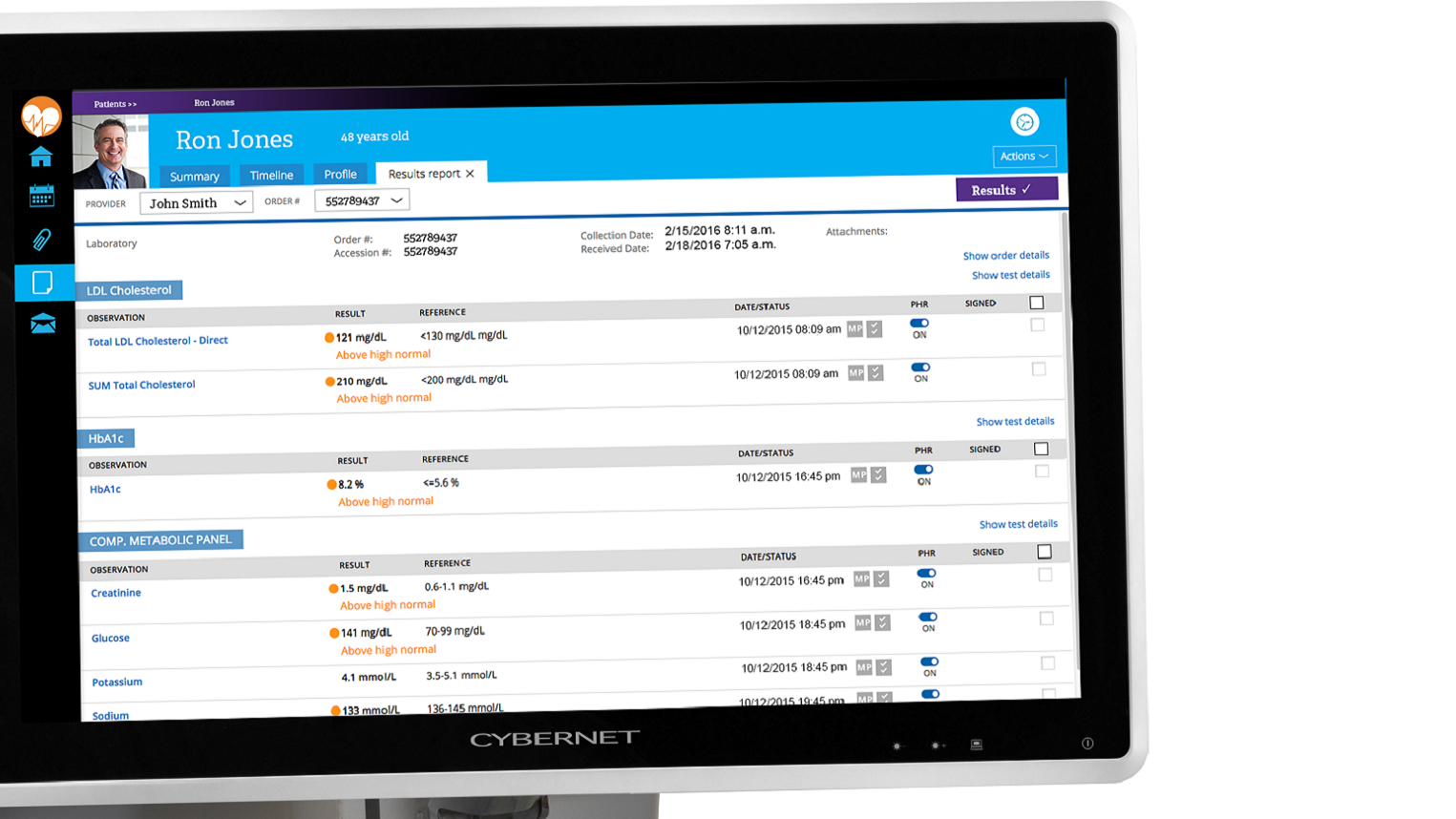Technology is great. We can stick to 8 hour work days while increasing productivity and then go home to families or plan out our next self-driven project. Granted that’s what technology is supposed to help us do, but sometimes bumps in the road of problem A to solution B can be tech-central. Technology can fail, unfortunately. Thankfully, the time invested to restore tech to working order is a sacrifice hospitals are willing to accept to bring better and less erroneous healthcare to patients. However, when older and inadequate tech is more of a burden, it’s time to consider scrapping what used to work ten years ago with something that can reduce tech-related stress and hangups that drain more time than necessary to get the job done.
Spotty WiFi with Computers on Wheels
It’s a constant problem for the 21st century in hospitals everywhere—spotty wireless communications in every corner of the hospital building. Call up a nurse’s desk to ask what issues they’re facing with technology and inconsistent WiFi will be mentioned. Chalk it up to weakened signals from aging hardware and insufficient components. It’s not feasible to remove that problem for good, but it’s possible to pinpoint key factors in technology—mostly residing in a hospital’s medical computers—that can be improved so WiFi isn’t a problem of which patient room you’re in or where you’re standing. Here’s WiFi woes and ways to restore the fidelity in the “Fi.”
Take a hypothetical case—a nurse using a cloud-based EMR system on a cheap laptop finds that in patient room 105 the WiFi doesn’t kick in, and so entering information relies on memory, written notes, or a silly, cumbersome workaround. That’s not ideal for a hospital, especially when “zero” can be a dangerous entry for a patient refill or a different metric. If the IT department has ensured that the wireless infrastructure is the highest standard on the market, then the culprit lies within the laptop. The wireless card inside of the machine doesn’t communicate well with the wireless routers in the hospital.
If that’s the reason for the signal drop, it’s time for IT to consider upgrading their computing efforts to medical computers with Intel-certified wireless cards instead of laptops that power cheap alternatives. An Intel dual-band wireless AC card is the current standard for wireless technology in a hospital. Not only more secure, these cards have the know-how to switch between wireless routers on the fly without signal loss. Computers on wheels are often pushed through several hospital wings and floors, jumping from one wireless router to the next. Intel wireless cards are secure and stable enough to swap from router to router seamlessly. It’s a hardware standard that computers on wheels and medical devices need to operate optimally. Besides, less stress on the end-user is always a positive thing.
Hospitals Don’t Shut Down—Neither Should the Hardware
Twenty thousand hours. That’s how long a standard hard drive disk lasts per average metrics and regular use. It may seem like a lot, but that’s just over two years if you do the math. Medical computers operate at near 24/7 runtimes. If there’s a hard drive failure in two years, that’s not a very strong lifespan for a computer to store data. The last mishap a nurse or physician wants is for the digital rug to be pulled out beneath them with a hard drive failure while they’re busy entering patient data into a medical computer. The drive can’t be sent off to data rescue because it would violate HIPAA laws. So, what to do?
Thankfully, technology has improved hard disk storage so there aren’t moving parts to break—solid state drives have a longer lifespan than regular platter hard drives, but that doesn’t rule the smarter tech out of defect or an eventual kaput. A medical grade computer with a military-grade solid state hard drive will push that two-year average life cycle to beyond five years. If the looming storage failure is still a concern for staff—which can happen at any given moment—then a backup drive coupled with the original solid state can serve as a proper safety net. IT can clone the surviving drive and restore the medical computer to optimal working status. Besides, a computer cycle for a hospital should be five years to stay with EMR software development. Having a hard drive that’s graded to last beyond a purchase cycle is ideal.
Shoddy Medical Computer Touch Screens
Computer screens are not always the easiest to clean. Spray disinfectant directly on a medical monitor and the internal components could suffer from adverse effects from the disinfectant (broken pixels, unresponsive touch controls, or an immediate transformation into a paperweight) running into the crevices of the monitor. Some insufficient touch screen tech needs constant calibration to ensure what’s touched is the intended function. Pressing “Close” should never result in “Administer Medicine”—we shudder at that thought. But there’s still tech problems galore in working with touch screens that don’t measure up to what hospitals need.
The kind of tech needed in a hospital is what’s called 5-Wire Resistive technology. Avoiding too much tech-talk, it’s a more durable technology than capacitive because it holds up to scratches and cosmetic imperfections, it’s easier to work with since it doesn’t require skin contact, it’s cheaper to manufacture, and it lasts longer than the newer capacitive technology. Couple these features on a medical computer and bye-bye tech problems.
It isn’t intuitive to think of hard drives, touch screen technology or wireless cards when you’re talking about patient care. But in today’s HIT world, technology is one of the driving factors in providing the absolute best user experience for healthcare practitioners so they can focus on taking care of patients. For more information on how a medical-grade computer is designed specifically with healthcare in mind is different than a commercial grade computer you can contact us today to learn more about our medical computers.
3 Problems Hospitals Face that Can Be Reduced with Medical Computers
January 31, 2018
There are hiccups in workflow and patient care caused by universal problems in hospitals, but thankfully they can be shrunk. Before the communication age revolutionized how we do work, mistakes were abundant and costly.…
0 Comments6 Minutes
3 Screen Technologies in Hospitals that Can Alleviate Problems
March 16, 2018
Not all screens are created equal, and that can be easily said for technology in a hospital. Screen tech should vary depending on the purpose the screen in question serves. Some monitors are used in surgical procedures,…
0 Comments6 Minutes
You Can't
Learn from a Pop-up
But we can deliver knowledge to your inbox!
We dive deep in the industry looking for new trends, technology, news, and updates. We're happy to share them with you.
Knowledge, News, and Industry Updates Right in Your Inbox




